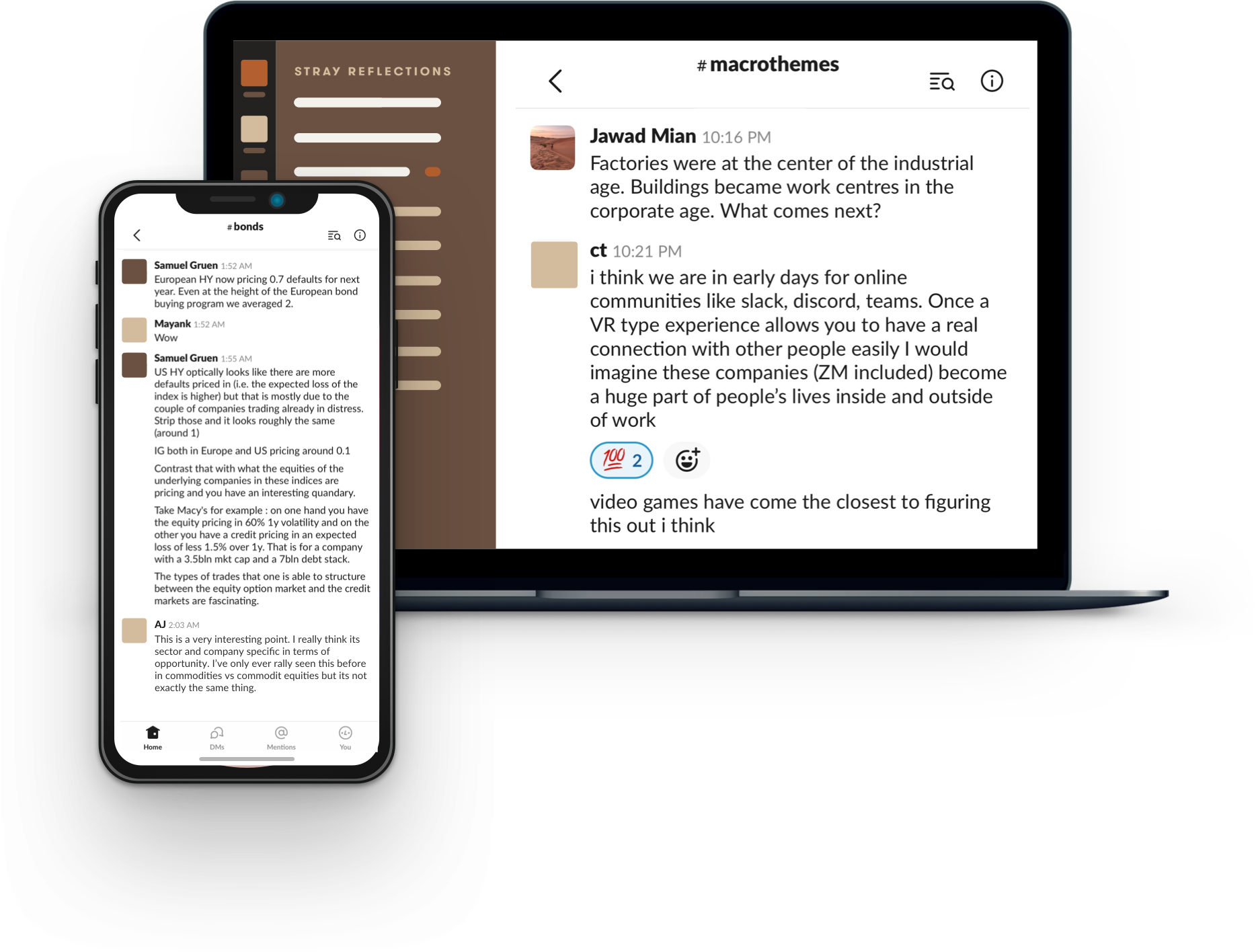The Fed is on the verge of repeating history by hiking rates much more aggressively. But rather than following in the footsteps of his revered predecessor, Paul Volcker, Fed chairman Jerome Powell, we believe, is emulating Alan Greenspan’s activist monetary policy approach from 1994. This holds lessons for all of us.
Before the economic boom of the 1990s, the US economy was emerging from a deep and protracted downturn. The bursting of the 1980s real estate bubble culminated in the banking industry’s most devastating collapse since the Great Depression. More than a thousand savings and loan associations failed, a third of the total.
The Fed responded to the crisis by cutting the fed funds rate from 8 percent to a record low of 3 percent from mid-1990 to late 1992. Although the recession ended in early 1991, businesses continued to lay off workers, pushing unemployment up to 7.8 percent in June 1992.
In 1993, the picture improved, particularly in terms of business investment and housing starts. The labor-market recovery picked up momentum, bringing the unemployment rate down to 6.5 percent. Some industries recorded their first sustained increase in jobs in several years.
With January 1994’s State of the Union address, President Bill Clinton made a persuasive case for why the US economy was finally waking up: “Auto sales are way up. Home sales are at a record high. Millions of Americans have refinanced their homes. And our economy has produced 1.6 million private sector jobs in 1993, more than were created in the previous four years combined.”
Consensus estimates of real GDP growth in 1994 were 2.9 percent. A 3 percent fed funds rate with 3 percent inflation was considered ultra-loose in this context. The Fed’s attitude was changing. Historically low interest rates were no longer necessary to stimulate spending and investment.
This, however, created a conundrum.
How gradually should the Fed reduce its accommodative stance, given that the recession and high unemployment were still fresh memories? How could it convey its message to the public when inflation looked to be under control? And what would be the ramifications of such a move, considering the Fed hasn’t tightened policy in five years?
“Short-term rates are abnormally low,” Fed chair Alan Greenspan stated in congressional testimony on January 31, 1994. “At some point, absent an unexpected and prolonged weakening of economic activity, we will need to move rates to a more neutral stance.”
The Fed surprised markets by raising interest rates by 25 basis points four days later. Bonds sold off, and by mid-March, the 10-year yield had jumped from 5.5 percent to 6.5 percent.
“We have had an extraordinarily successful run-in restoring balance to a disturbed economic system,” Greenspan told fellow Fed officials at the February meeting. “We haven’t raised interest rates in five years, which is almost unimaginable. The presumption that inflation is quiescent is getting to be a slightly shabby notion.”
The Fed thought that inflation would pick up when unemployment fell below 6 percent. This was referred to as the NAIRU, or non-accelerating inflation rate of unemployment, below which unemployment could not fall without stoking inflation.
At its next meeting on March 22, the Fed raised rates by another 25 basis points. Speaking to his colleagues, Greenspan said that he supported higher interest rates because he “very consciously and purposely tried to break the bubble and upset the markets in order to break the cocoon of capital gains speculation.”
Individuals, for example, invested a record amount in stock and bond mutual funds in 1992 and 1993. Gross fund purchases totaled $876 billion in those two years, nearly equaling the total amount purchased from 1970 to 1989.
The Fed then does something unusual on April 18. Before the next meeting it held a conference call and decided to raise rates another 25 basis points. The bond selloff accelerated, with the 10-year yield now at 7.5 percent. On May 18, the Fed accelerated the pace of tightening with a 50-basis points hike.
By July 1994, the Fed had raised the fed funds rate to 4.25 percent and decided to take a break at its July meeting; the effects of its policy measures were by then visible. Consumer-spending growth slowed sharply in the second quarter, falling to just 1.2 percent on an annual basis from 4.7 percent in the first quarter.
Stephen Brobeck, executive director of the Consumer Federation of America, noted that over half a trillion dollars in consumer debt is tied to adjustable rates. As a result, consumers pay an extra $5 billion for every 1 percent increase in interest rates.
Interest rates on adjustable-rate mortgages (ARMs) were rising. On a $130,000 mortgage, the monthly payment increased by $190. “That will result in a considerable reduction in discretionary income as we go through the year,” said Lacy Hunt, chief economist at HSBC Securities.
Gary Shilling, who ran his own economic consulting firm, predicted that by the third quarter, the US economy would be in recession. “I’ve been through enough recessions to know you can go from strength to recession so fast that you need to ask them to rewind the tape so you can see it again,” he quipped.
On August 16, the Fed hiked rates by 50 basis points despite few signs of rising prices. Unemployment was steadily declining, while consumer spending rebounded, and fixed investment by businesses remained strong.
The housing market was resilient. In September, home sales were about the same as in February. Some buyers offset higher rates by shifting from fixed-rate to adjustable-rate mortgages that usually have lower rates. In February, 22 percent of buyers chose ARMs; by the fall, it was 42 percent.
Many on Wall Street now agreed that a rate hike was needed to slow an economy that grew at a 3.4 percent pace in the second quarter. Most economists were looking for a half-point increase in the fed funds rate. Instead, at its November 15 meeting, the Fed jacked up interest rates by 75 basis points. Greenspan fretted that “the stock market, in my judgment, is still a little rich.”
The 10-year yield peaked at slightly over 8 percent on the same day, a level it would never approach again. Never.
The Fed took the bold step in the face of mounting criticism that it is choking off the recovery just as it is starting to produce more jobs and higher wages. Jerry Jasinowski, president of the National Association of Manufacturers, said, “The Fed is fundamentally misreading the American economy.”
Hundreds of unemployed workers and other protesters demonstrated outside the Fed’s Washington headquarters, chanting for Greenspan to stop raising rates. “It’s making the job outlook very gloomy,” said Lester Thomas, a 54-year-old unemployed sheet metal worker from Philadelphia.
Economists cautioned that in the past, two to three percentage point increases in the fed funds rate were enough to slow the US economy, and anything higher than that would send the US into recession. The spread between 2-year and 10-year Treasury rates fell to 0.15 percent from 1.58 percent a year earlier—close to zero, but not quite inverted.
Greenspan reasoned that the economy was growing at a stronger pace than the Fed had anticipated. Car and truck sales had the best year since 1988. US industry was operating at 84.9 percent of capacity, the highest level in nearly 15 years. The economy added about 3.5 million jobs, the most since 1984.
Real GDP grew by 4 percent in 1994, up from 2.6 percent in 1993, and the unemployment rate fell to 5.6 percent, more than a full percentage point below the Fed’s forecasts. Productivity growth rose, permitting higher output and higher wages without rising prices.
The average 30-year fixed mortgage rate rose by around 2 percentage points in 1994, ending the year above 9 percent. Existing-home sales increased from 3.7 million in 1993 to 3.9 million in 1994. Home prices continued to rise throughout the surge in rates.
Profits for the S&P 500 companies grew 37 percent in 1994, the biggest pop since 1948. Strong demand lengthened delivery times with transportation bottlenecks becoming more common, from freight-car shortages to trucking companies without drivers.
The Fed raised rates by a final 50 basis points on February 1, 1995. The decision wasn’t as straightforward given that Greenspan felt they had attained “price stability nirvana.” Here’s what he said to his colleagues during the meeting:
The market expects a 50-basis point rise in the context of an exchange market for the dollar that has not been all that impressive. We know that to the extent we choose to go against market expectations, we create a degree of volatility; indeed, that is the purpose of going against the market. But there are times when doing so is probably unwise. And were we to hold still at this point, we would in my view be taking unnecessary and undue risks.
The risk on the exchange-rate side is that the dollar would undoubtedly fall. The problem is not so much a decline as how quickly and how far it would decline in the context of the way world markets have been behaving, where countries that are viewed as slightly suspicious find the foreign-exchange vigilantes running at them. The US is just barely investment-grade, if I may put it that way. I don’t think we have much leeway on the downside to take those risks.
So, in my judgment, raising both the funds rate and the discount rate by 50 basis points makes the most sense. I think the risks are relatively small, especially since such tightening is so heavily discounted.
In twelve months, the Fed had unexpectedly doubled its main policy rate to 6 percent. Bonds lost $1 trillion in value. The 30-year Treasury bond fell more than 20 percent. It was the worst bond selloff in more than sixty years.
Surprisingly, after losing 10 percent from its January 1994 peak, the S&P 500 had already bottomed out on April 4—before the first 50 basis points rate hike. That was the lowest point despite 225 basis points of rate hikes still to come. In a volatile year, the S&P 500 inched up 1.5 percent.
Here in the present, what can we learn from the Fed’s last aggressive round of policy tightening?
(1) People underestimate the strength of the economy coming out of a deep downturn. According to a CNBC poll, 81 percent of Americans believe the US economy will endure a recession in 2022. Goldman Sachs puts the odds of a US recession at 35 percent in the next two years.
(2) Wall Street anticipates half-point hikes at the next two meetings, plus a fed funds rate of 2.5 percent by year-end. The Powell Fed will deliver because the markets are strongly expecting it. It doesn’t matter if the median Fed forecast only sees the policy rate rising to 1.9 percent by the end of this year.
(3) On March 8, the S&P 500 bottomed out ahead of the first rate hike of this tightening cycle. There’s no reason to be pessimistic about another 225 basis points of rate hikes. The US economy can withstand higher rates.
(4) The 30-year fixed-rate mortgage has soared from just over 3 percent in January to over 5 percent. Adjustable-rate loans are still available with rates under 4 percent. We expect housing activity will remain robust. House prices will continue climbing, but the pace of growth will slow.
(5) The neutral rate, according to most Fed officials, is about 2.5 percent, the amount that neither hinders nor stimulates economic growth, and they strive to raise rates above that level. With ten hikes priced into the forward curve, is future tightening already reflected in current yields?
(6) While the market is anticipating the Fed’s future tightening moves, it can also overshoot. This is something we should be aware of. The market was pricing in an 8 percent fed funds rate when the tightening cycle ended in February 1995 at 6 percent. Just five months later, the Fed began cutting rates again.
(7) In 1995, the Fed reduced interest rates by 75 basis points over an eight-month period because inflation was under control and downside risks to the economy were on the rise. The Fed accomplished a soft landing in this fashion. In the six months following Greenspan’s first “insurance” cut, the S&P 500 soared 14 percent.
(8) Prices in the futures market indicate that the Fed will cut rates in late 2024. We think it can happen sooner if the economic expansion stalls. Insurance cuts may be a bullish signal as the Fed will refocus on growth after inflation has subsided. We’re betting on a soft landing.
(9) Bond yields peaked in October 1994, ahead of the peak in the fed funds rate in February 1995. What followed was a bull market in both stocks and bonds. Counter to the inflationary setup which is expected to destroy the value of bonds and risk parity portfolios, we could enter a similar sweet spot.
(10) In his memoir The Age of Turbulence, Greenspan described the feeling of preemptively striking against inflation as “jumping out of a sixty-story building and trying to land on our feet.” The Fed is significantly less informed than it claims to be. So are we.
What we call “the economy” is just the sum of millions of daily spending, saving, and investing decisions that are continually shifting in response to new information and ideas. Our attempts to visualize how it works will always be imperfect.
For the past year, it’s been one thing after another: a terrifying succession of catastrophes in the most unexpected places, as well as a great bear scare. The Fed must tread carefully. Can Powell do it? The answer will be recorded in history—and will leave a mark on his legacy.







